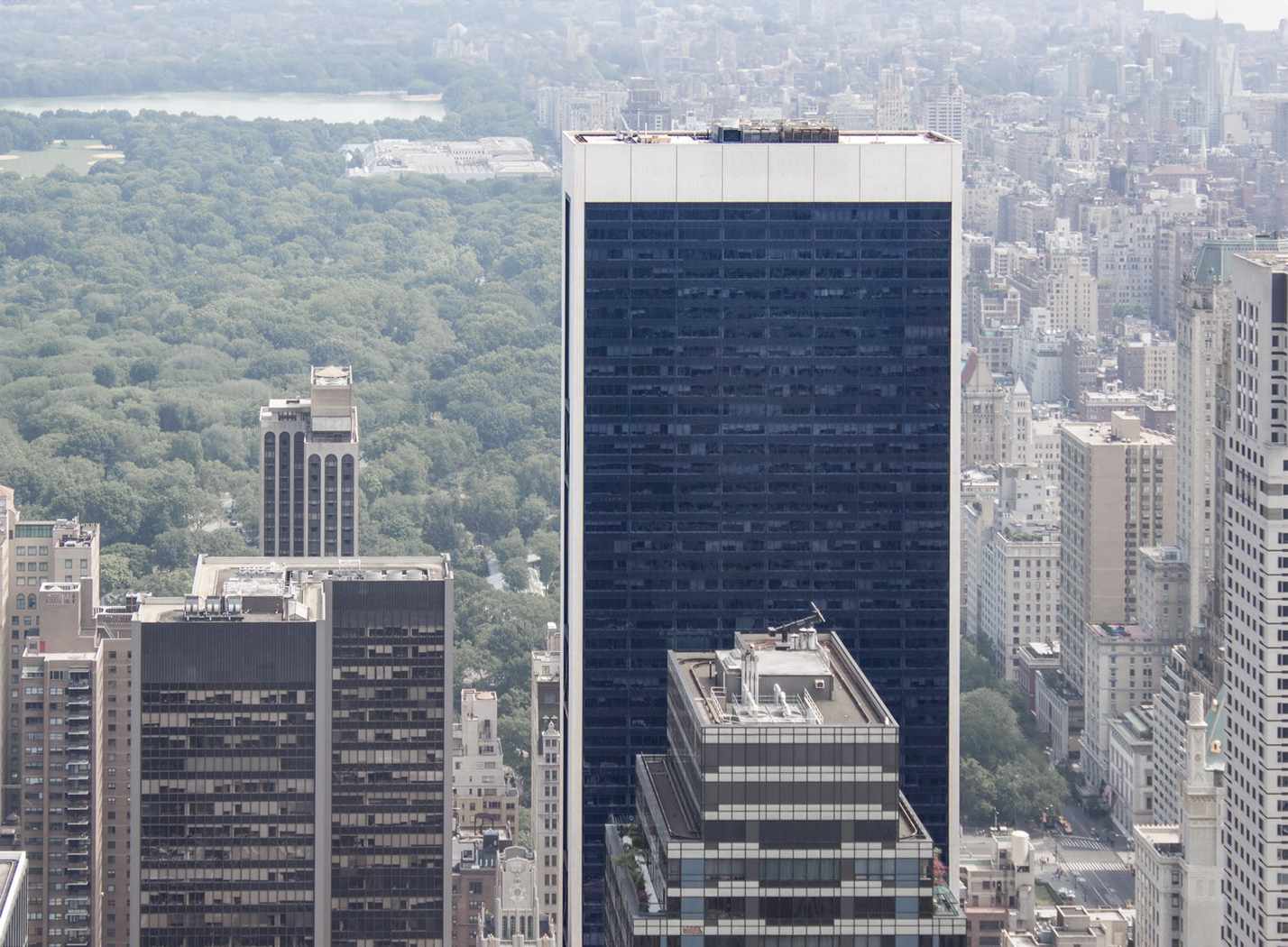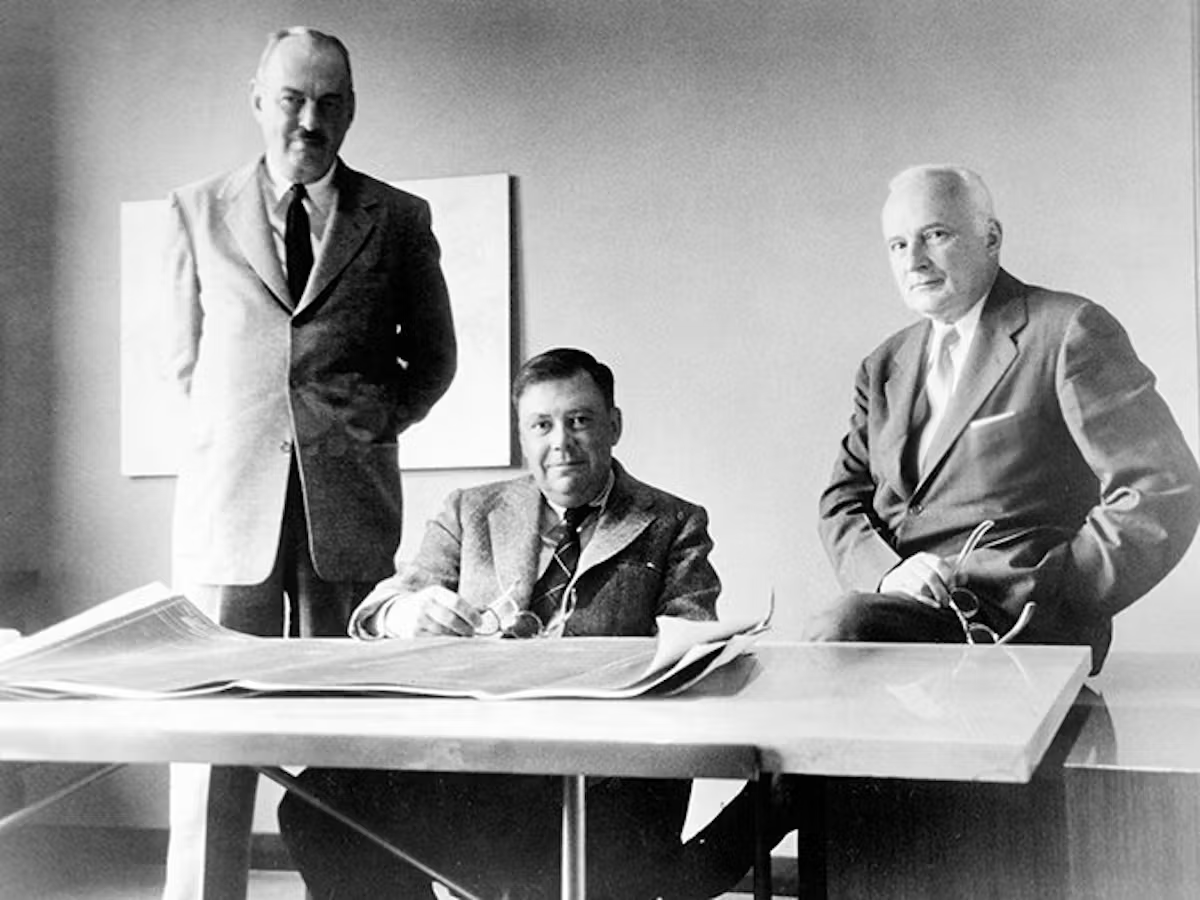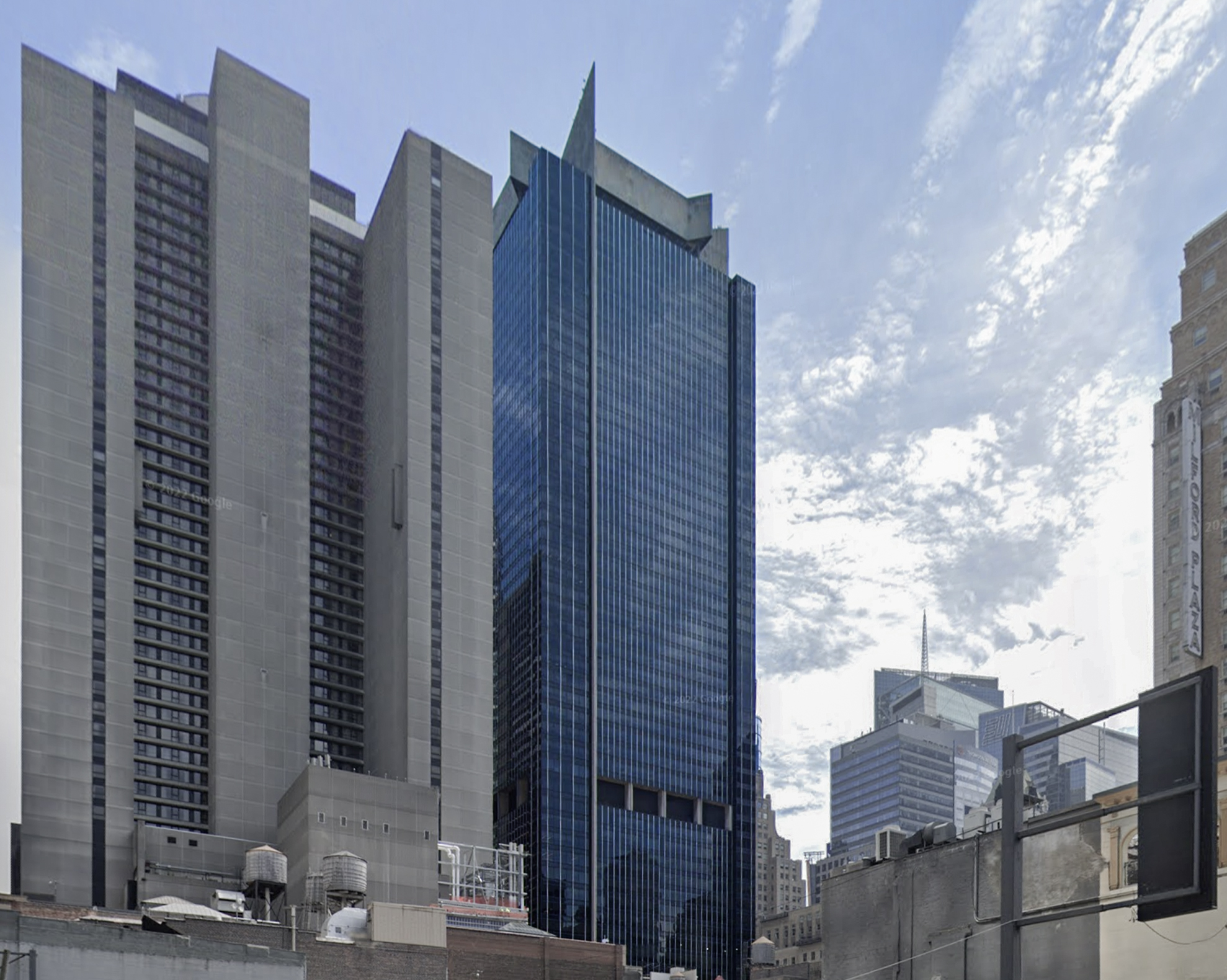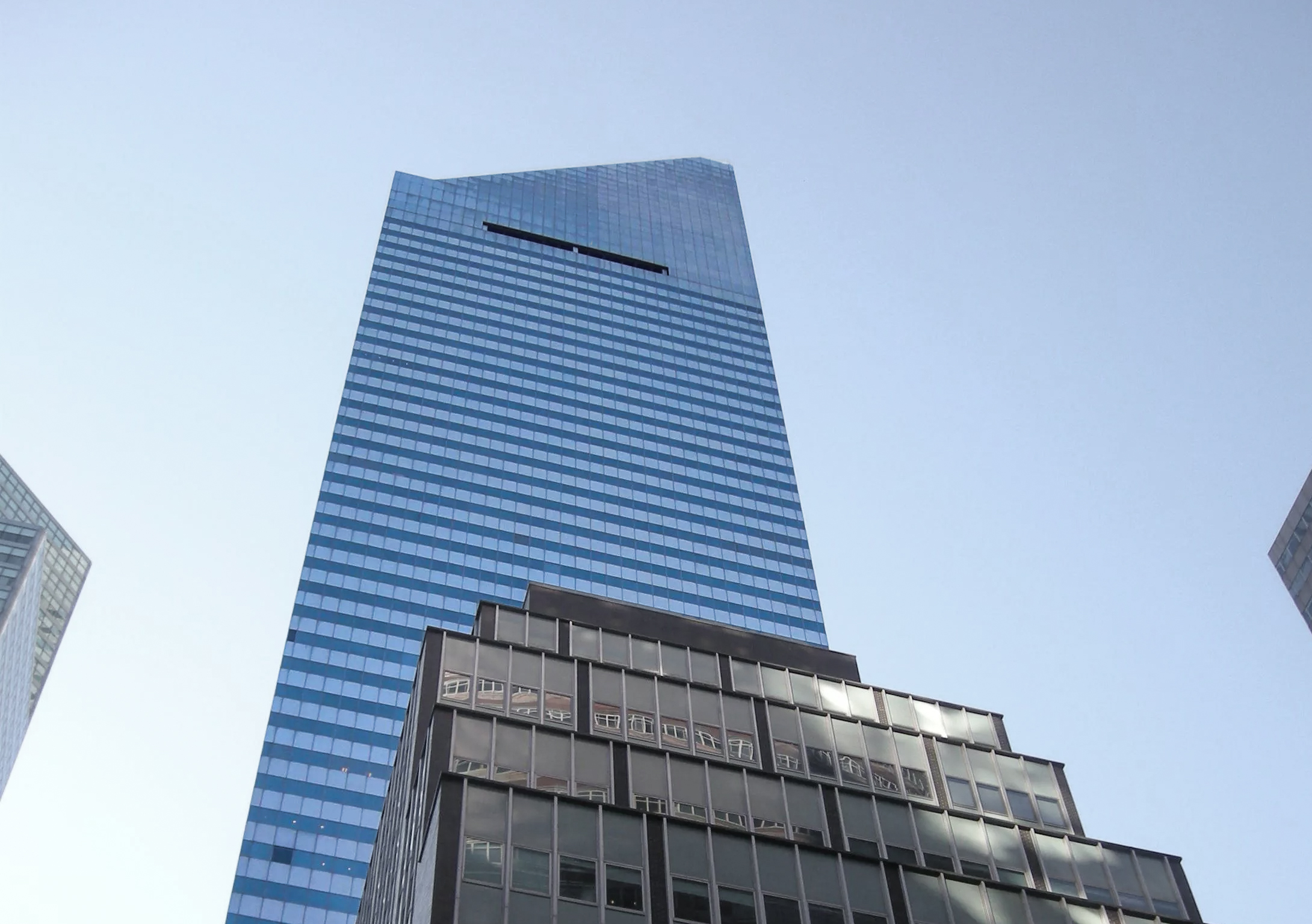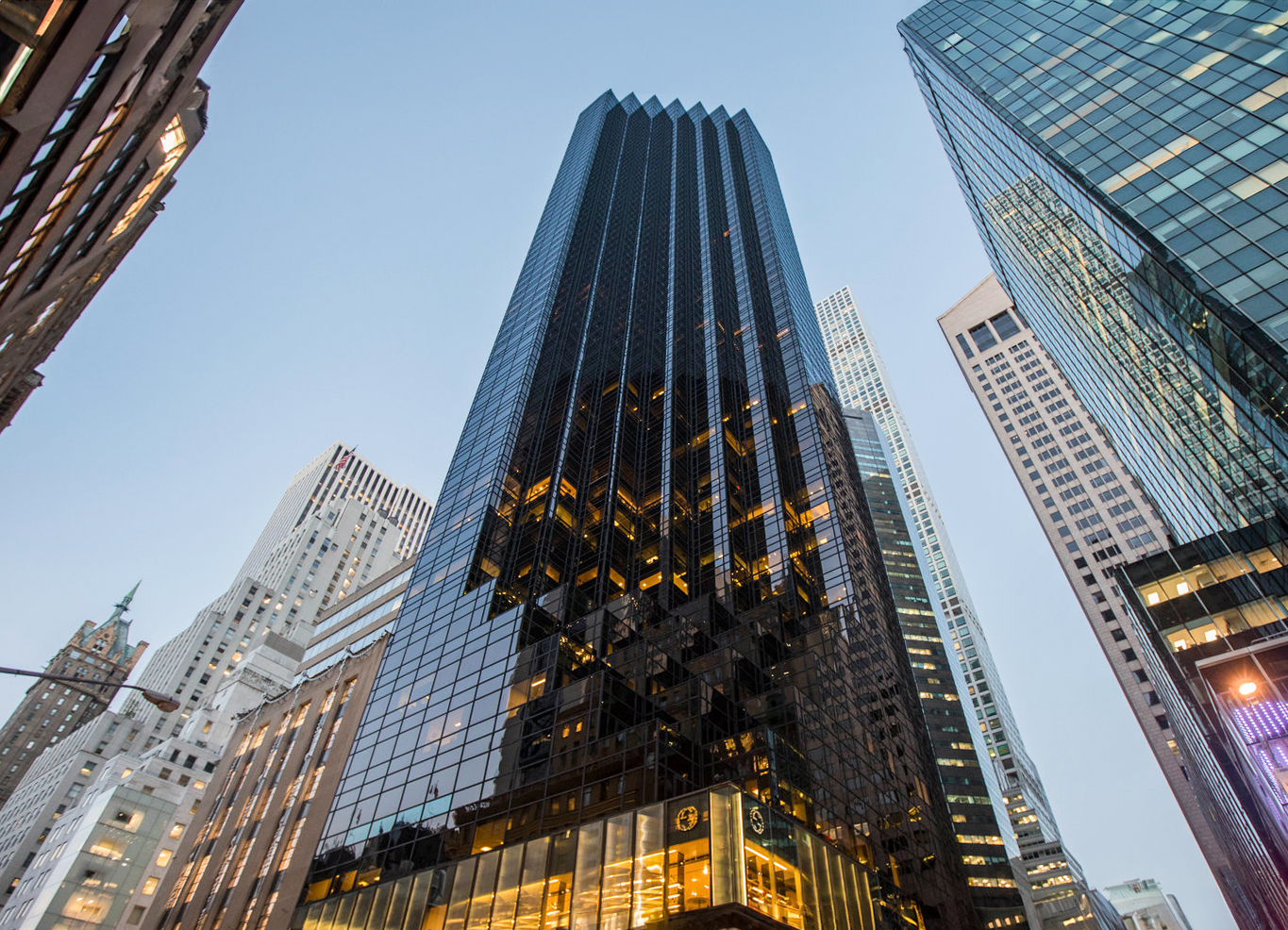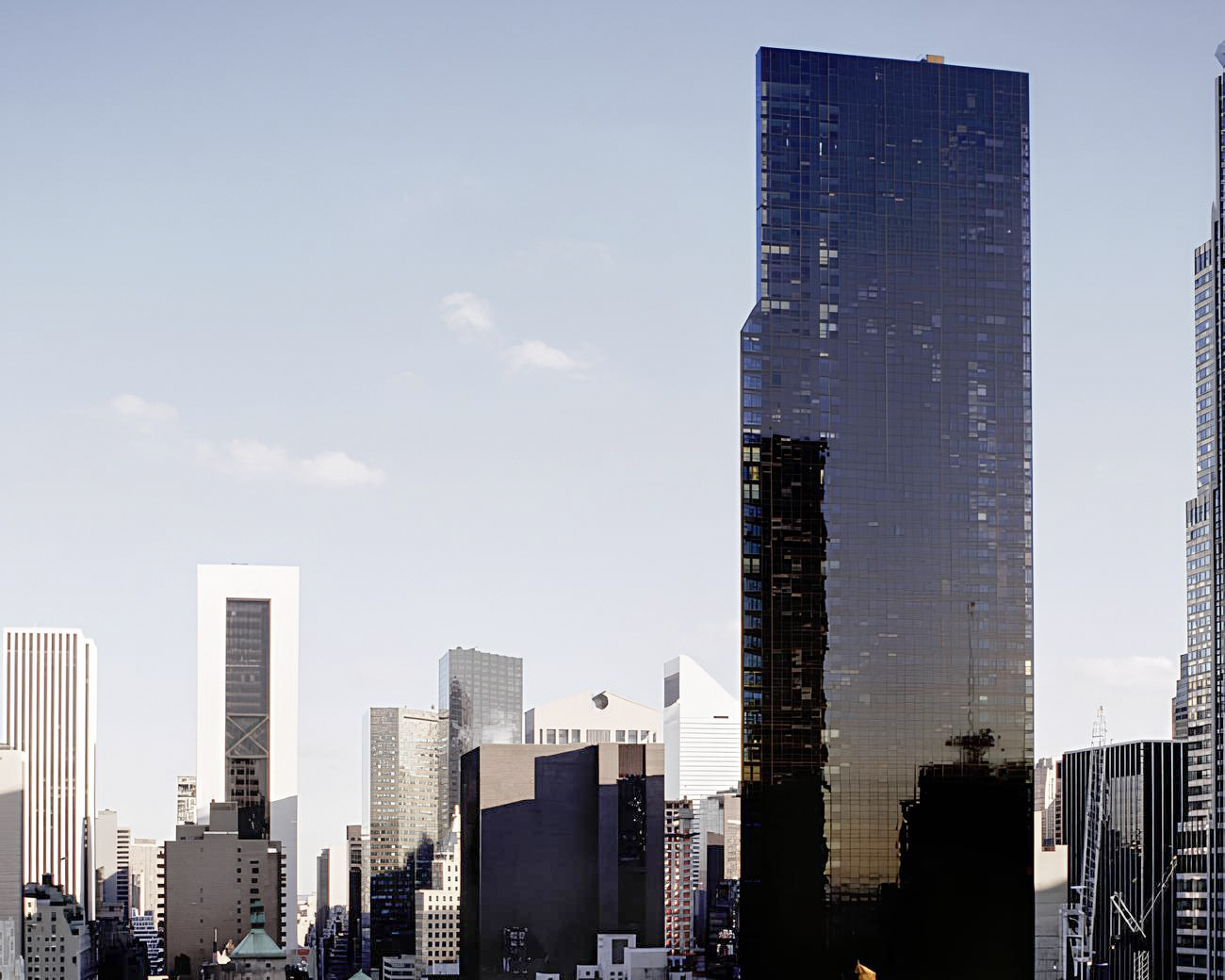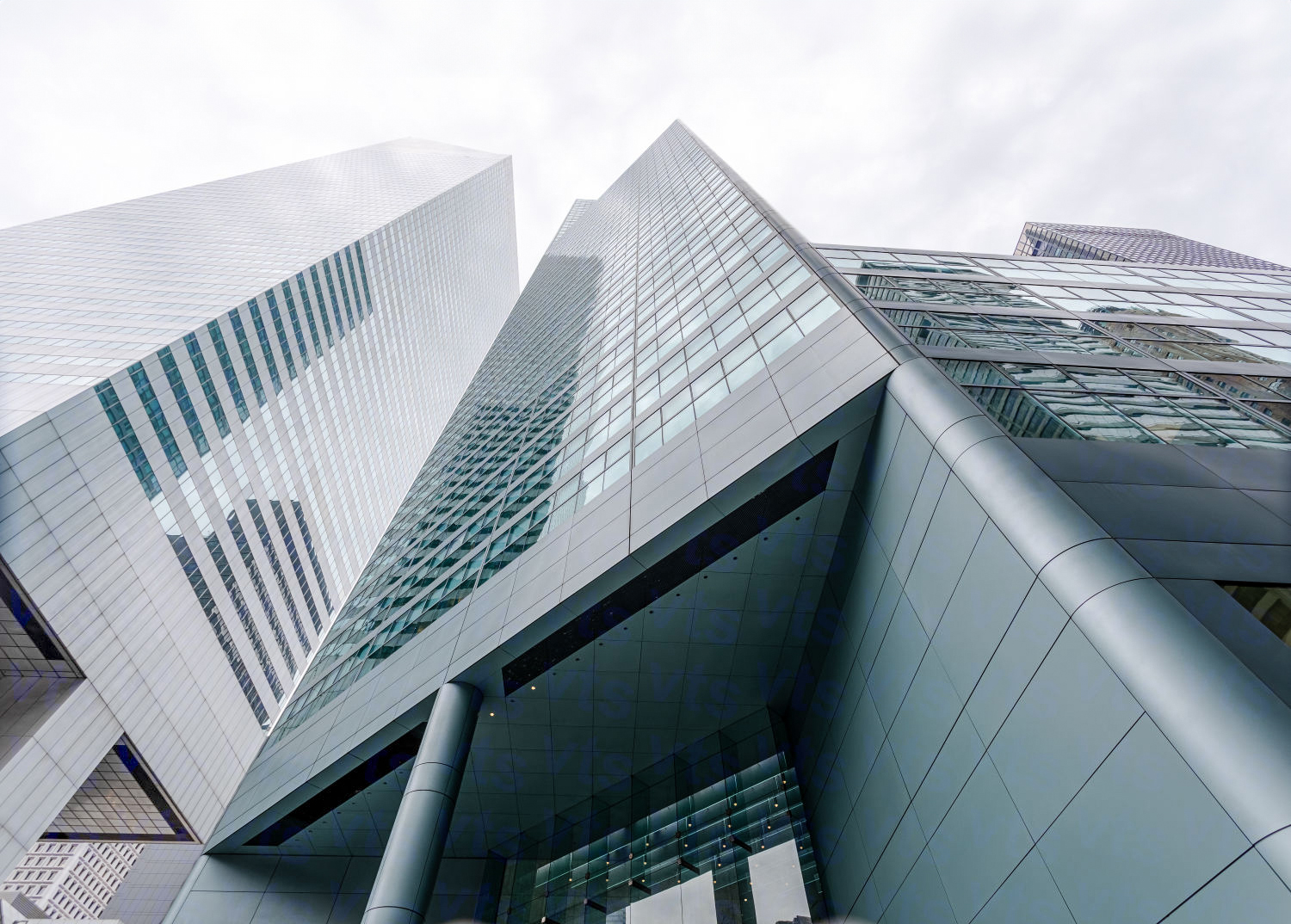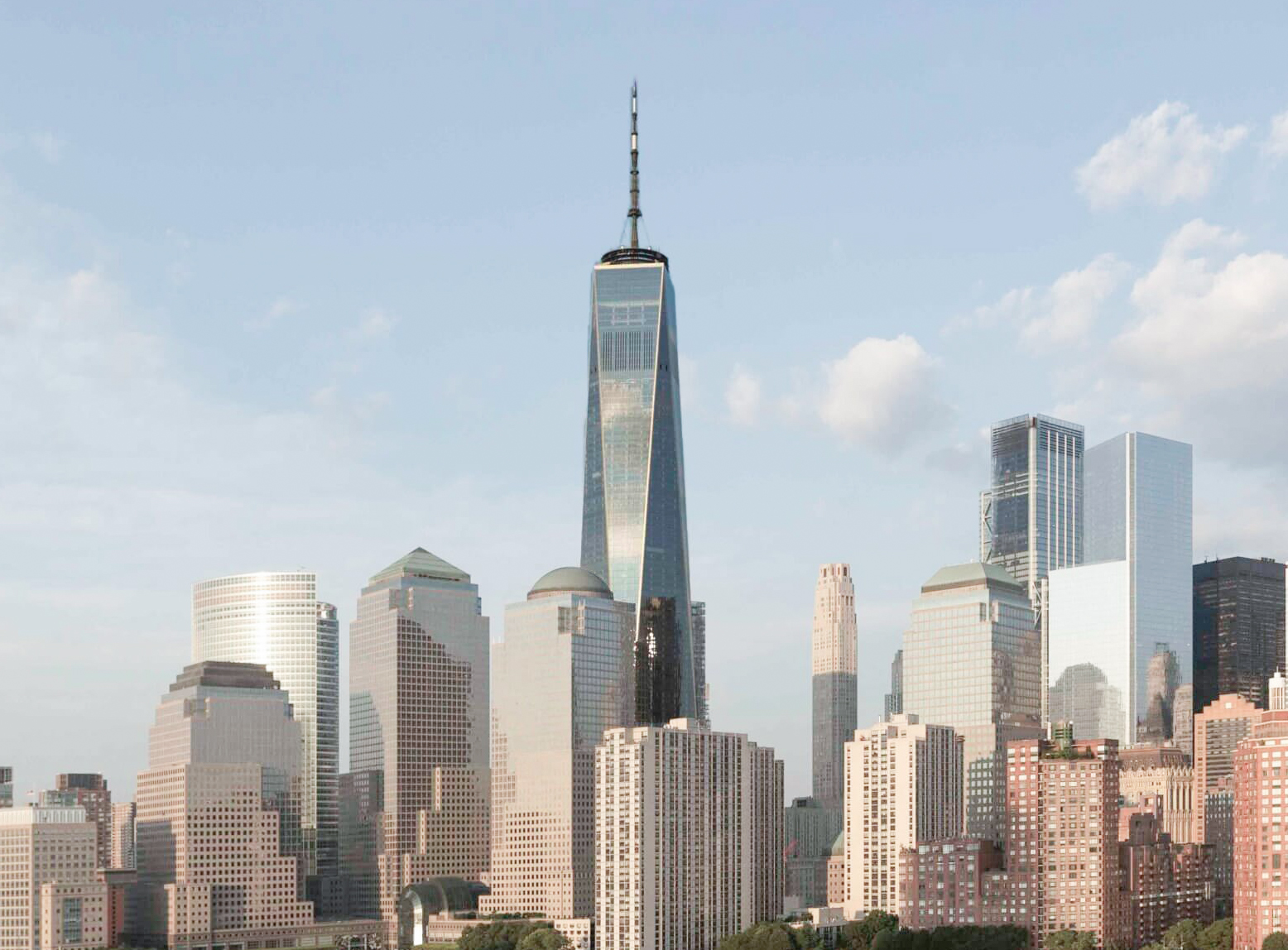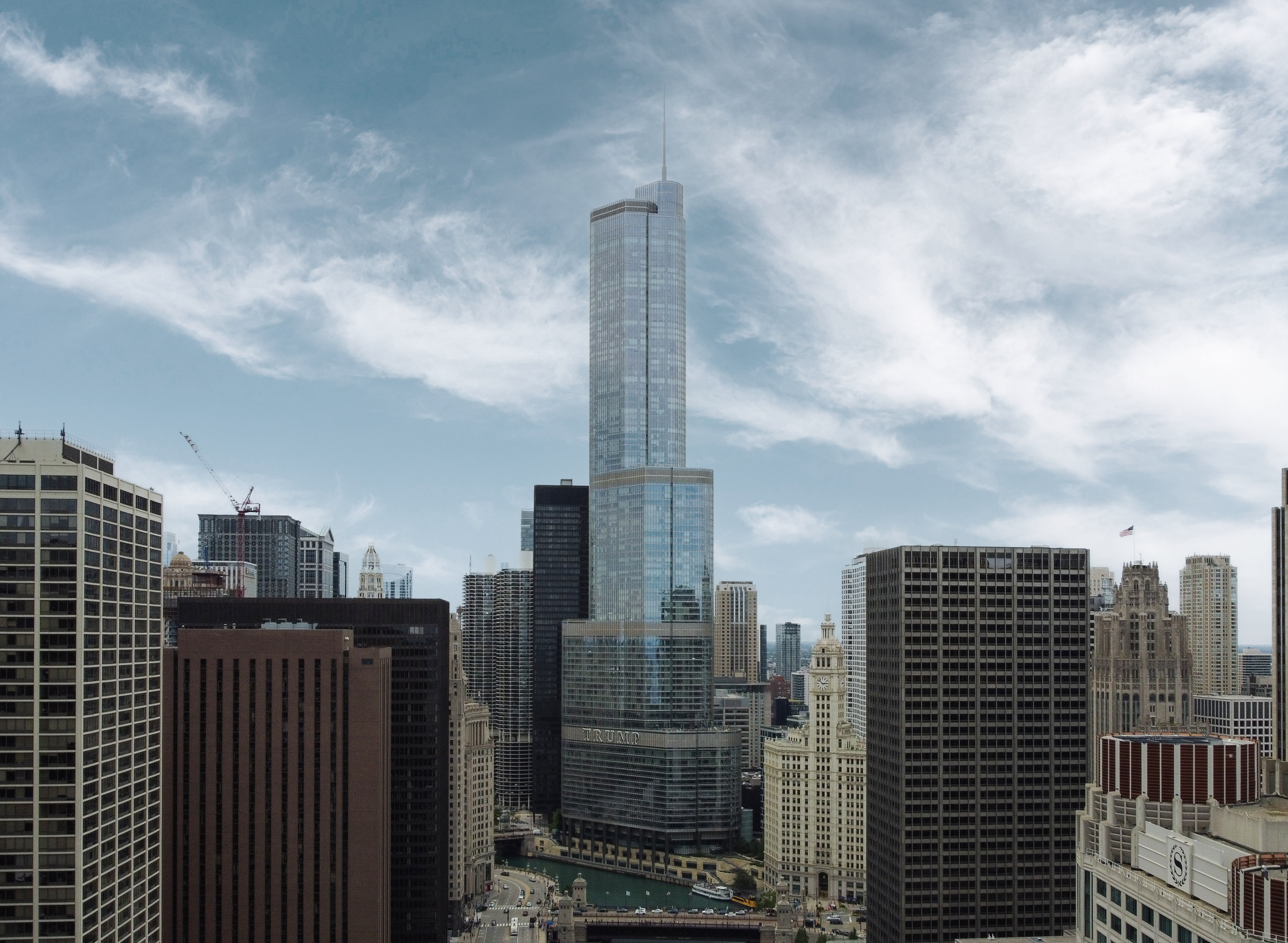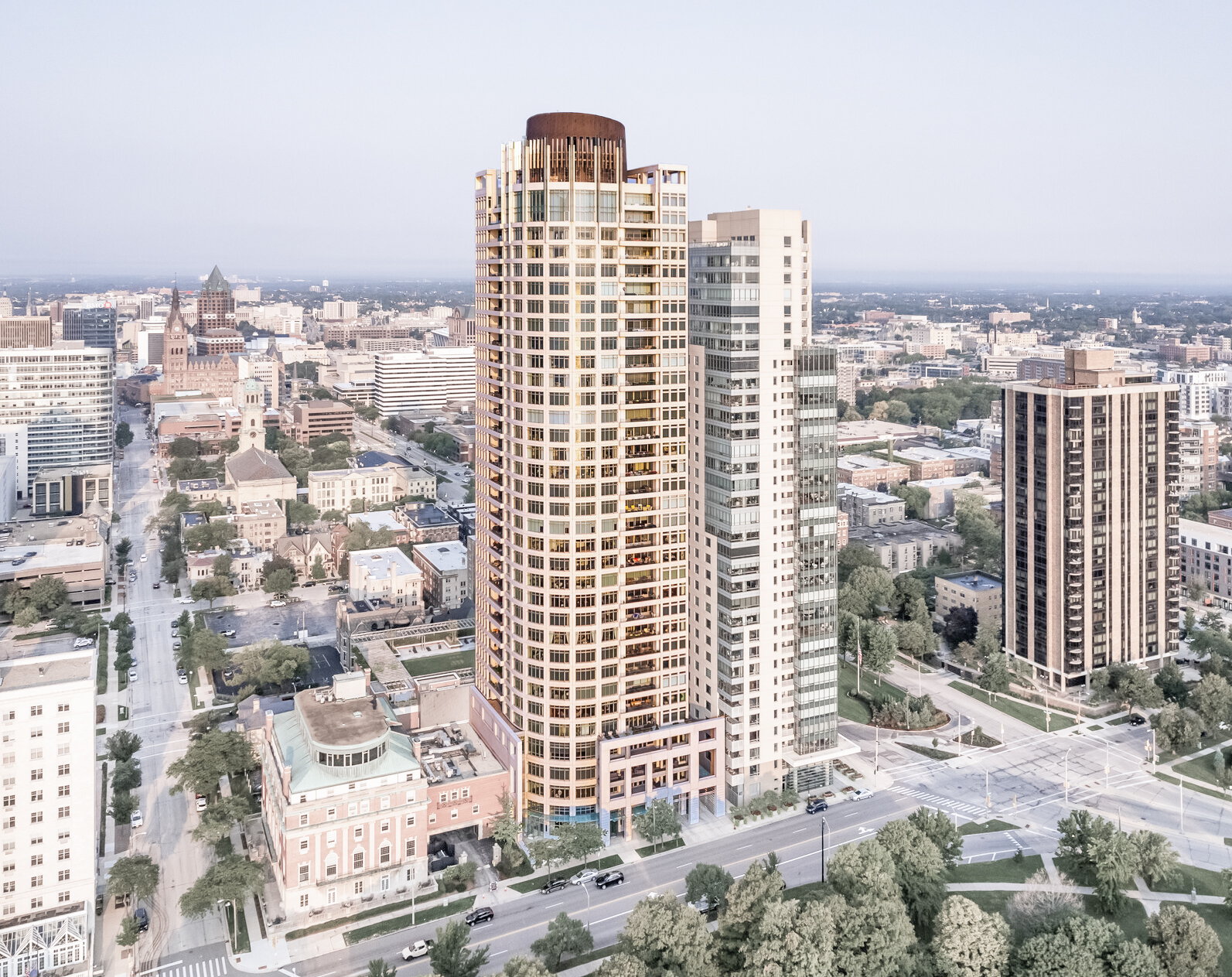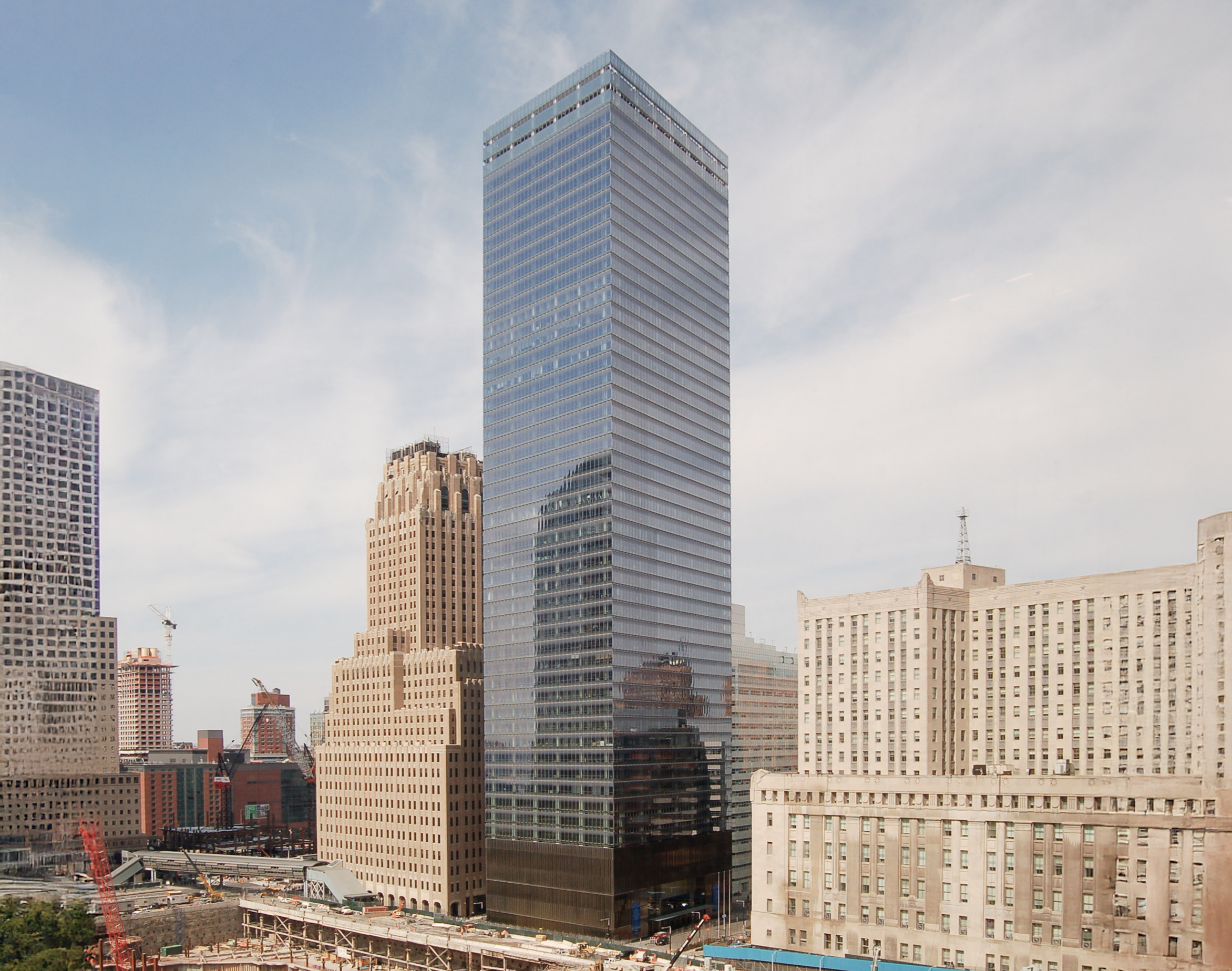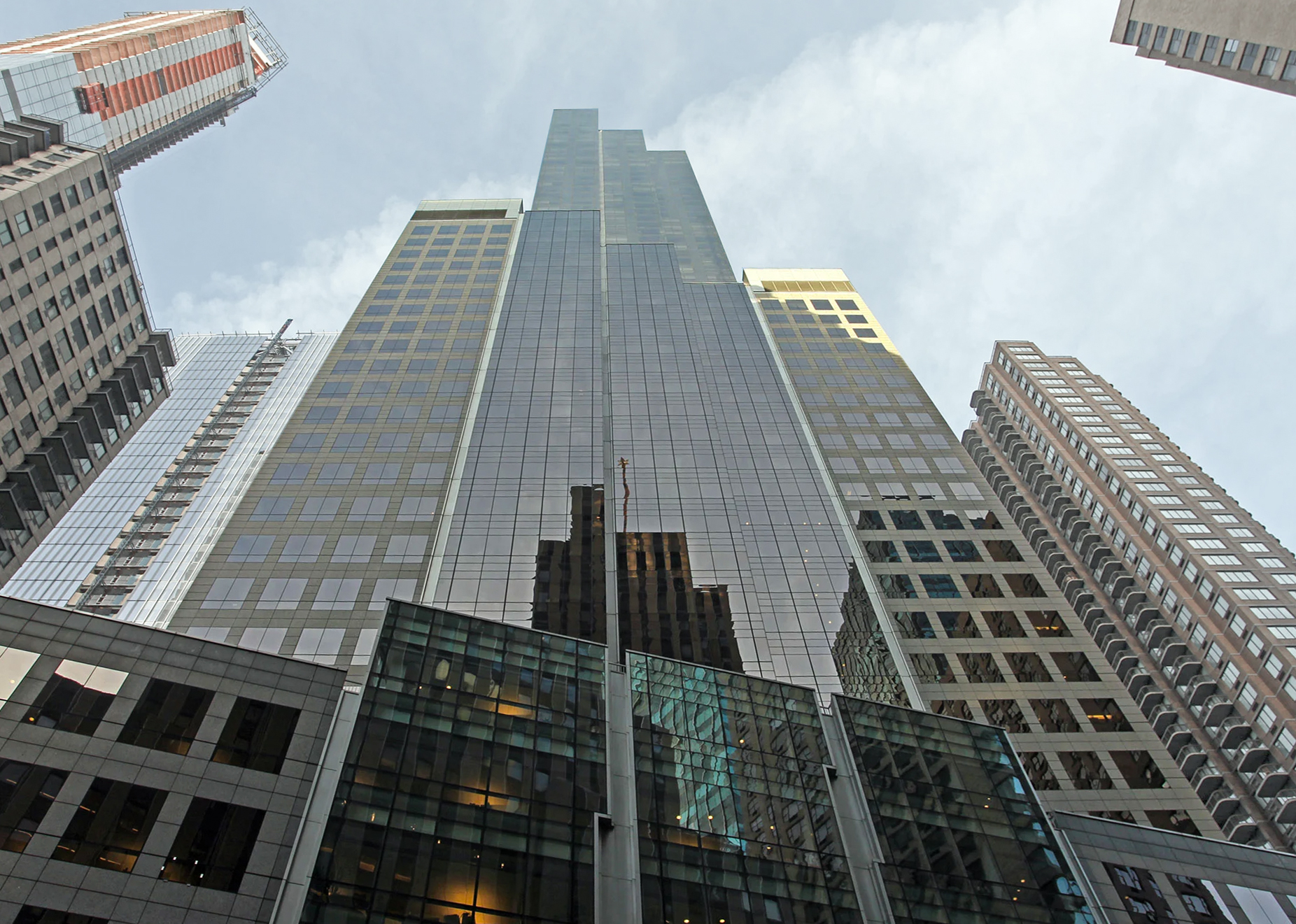The Solow Building is a Modern Style skyscraper designed by Skidmore, Owings & Merrill, with Gordon Bunshaft as lead architect, and built between 1968 and 1974 in New York, NY.
Solow Building is not the only name you might know this building by though. The building is, or has also been known as 9 West 57th Street.
Its precise street address is 9 West 57th Street, New York, NY. You can also find it on the map here.
The building has been restored 2 times over the years to ensure its conservation and adaptation to the pass of time. The main restoration works happened in 2024 and 2000.
